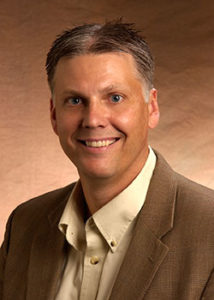 UT-Oak Ridge National Laboratory Governor’s Chair for Computational Nuclear Engineering Brian Wirth just received a new grant to fund his research on using machine learning to better understand fusion materials. The project, “Machine Learning Atomistic Modeling for Fusion Materials,” received three years of funding totaling $600,000 by The Department of Energy’s Office of Fusion Energy.
UT-Oak Ridge National Laboratory Governor’s Chair for Computational Nuclear Engineering Brian Wirth just received a new grant to fund his research on using machine learning to better understand fusion materials. The project, “Machine Learning Atomistic Modeling for Fusion Materials,” received three years of funding totaling $600,000 by The Department of Energy’s Office of Fusion Energy.
The project aims to advance fusion energy research by applying machine-learning methods and high-performance computing to atomistic materials modeling of plasma-surface interactions in fusion reactors. This capability will be integrated into a flexible, multi-scale workflow and made available to the broader research community.
Ensuring that reactor materials can function in the harsh exposure conditions imposed by a burning plasma environment remains one of the most challenging obstacles associated with the development of magnetically confined plasmas.
Given the scale of the challenges, plasma material interactions and materials development are recognized as top priorities in the fusion energy research community.
In order to guide the development of performance improvements in existing materials and the discovery of completely new materials for use at Office of Science-supported user facilities, advances in existing computational approaches are needed. In particular, robust accurate atomistic materials simulation methods are needed for predictive simulations of hydrogen retention in first wall material.